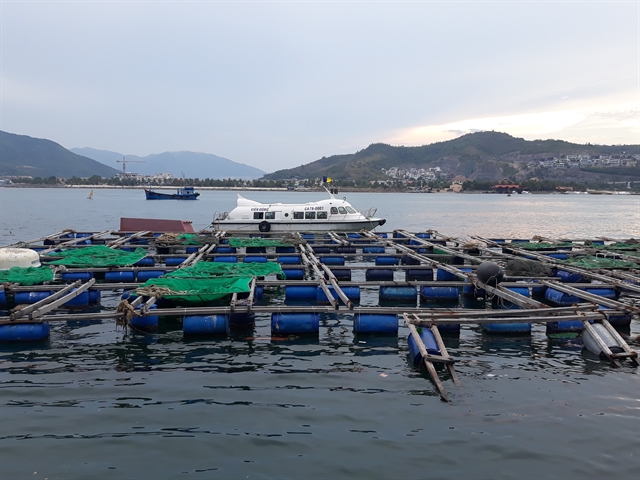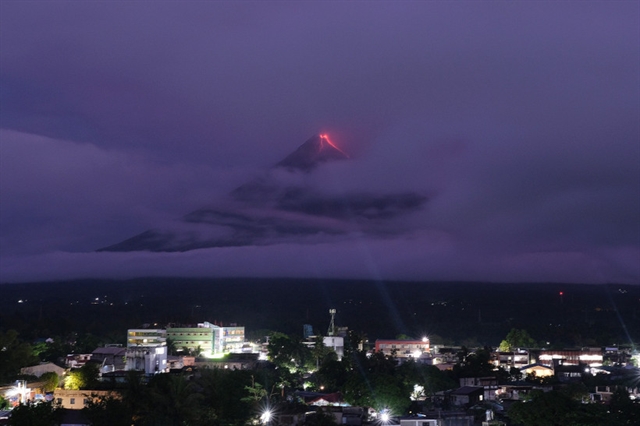 Sunday/Weekend
Sunday/Weekend

 |
| Fish cages on Trí Nguyên Island in Nha Trang Bay, Khánh Hòa Province. — VNA/VNS Photo Phan Sáu |
KHÁNH HÒA — The People’s Committee of Khánh Hòa Province has submitted a request to Prime Minister Phạm Minh Chính to approve the project of “Piloting high-tech marine farming”, worth VNĐ1 trillion (US$41.1 million).
It will focus on developing high-tech farming from three to six nautical miles in Vạn Ninh District, Ninh Hoà Town and Nha Trang Bay.
In the waters off Vạn Ninh District, the province plans to establish high-tech farming areas in the south of Đại Lãnh, the south of Mũi Đôi, the southwest of Lạch Cửa Bé, the northwest of Lạch Cửa Bé, the south of Hòn Me, Vũng Ké, Mũi Cổ Cò, Cùm Meo, the north of Cùm Meo, and Rạn Trào.
In Ninh Hòa Town, the province will develop high-tech farming areas in the southwest of Hòn Chà Là, Bãi Giông, Hòn Thị, southwest of Hòn Lăng - Hòn Giữa.
In Nha Trang Bay, the farming will be done on an area of 13 hectares and to a depth of eight to 15 metres, with blue and cotton lobsters, cobia, seabass and pomfret being raised.
A number of technologies will be used such as movable HDPE floating cages, automatic feeding and automatic monitoring of the environment and solar energy.
The budget for the project until 2029 was VNĐ1 trillion ($41.1 million), including VNĐ300 billion ($12.3 million) from the provincial budget and VNĐ400 billion ($16.4 million) from farmers’ contribution.
It targets increasing the productivity and value of the aquaculture industry, raising marine farmers and others’ incomes through creating jobs, improving socio-economic conditions, exporting high-quality fisheries products, ensuring food safety and generally meeting market demand.
The province aims to protect the marine environment through sustainable development, gradually forming a marine farming area three to six miles from shore, reducing near-shore farming and minimising conflicts over space on the coast. — VNS




